“We work very hard in our lives, and while we may sleep, we rarely take time to relax. Restorative yoga postures help us learn to rest deeply and completely.” – Judith Hanson Lasater, Physical Therapist
Restorative yoga is so powerful that it can promote a rest deeper than sleep.
This easy-to-do, rejuvenating style of yoga is for everyone. It doesn’t matter if you’re a beginner, a yogi, injured or pregnant. The benefits of restorative yoga for the body and mind are available during every stage of life.
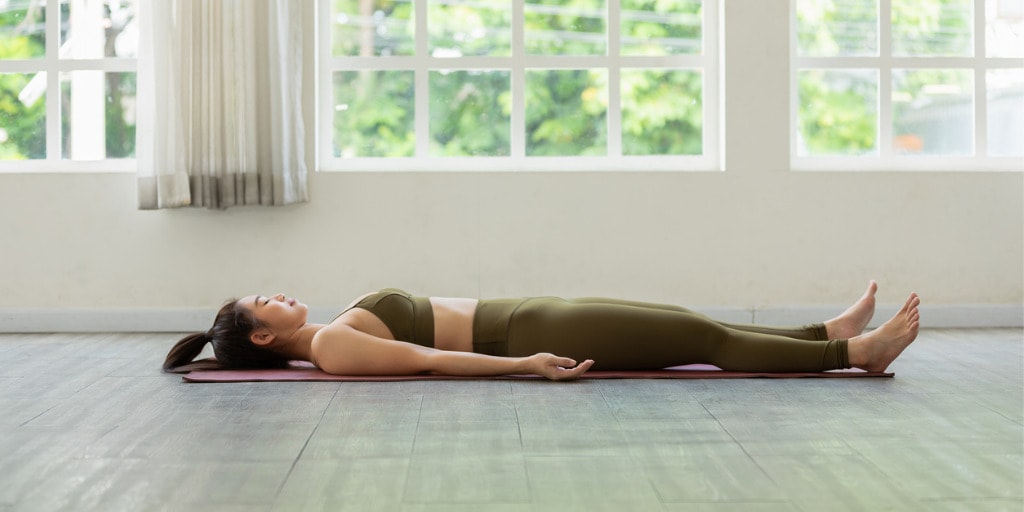
What Is Restorative Yoga?
Restorative yoga began in the 1970s.
It was created by innovative physical therapist and yoga lover, Judith Hanson Lasater. She was inspired to create it after noticing her patients wanted the benefits of yoga, but couldn’t do it. Injury, illness or burnout were preventing them.
At the time, Judith was studying yoga under B.K.S. Iyengar. This is when she combined her expertise, with the principles of Iyengar, to develop Restorative Yoga.
It’s different to other types of yoga because it’s not about stretching your muscles or improving flexibility. Instead, it uses asanas, props and breathwork to help you reach a deep state of relaxation.
The outcome?
A simple and restorative practice that promotes self-healing.
Today, restorative yoga is for everyone. It doesn’t matter what your status is: sick, healthy, young, senior. If you want to relax your body, release tension and boost wellbeing, it’s for you.
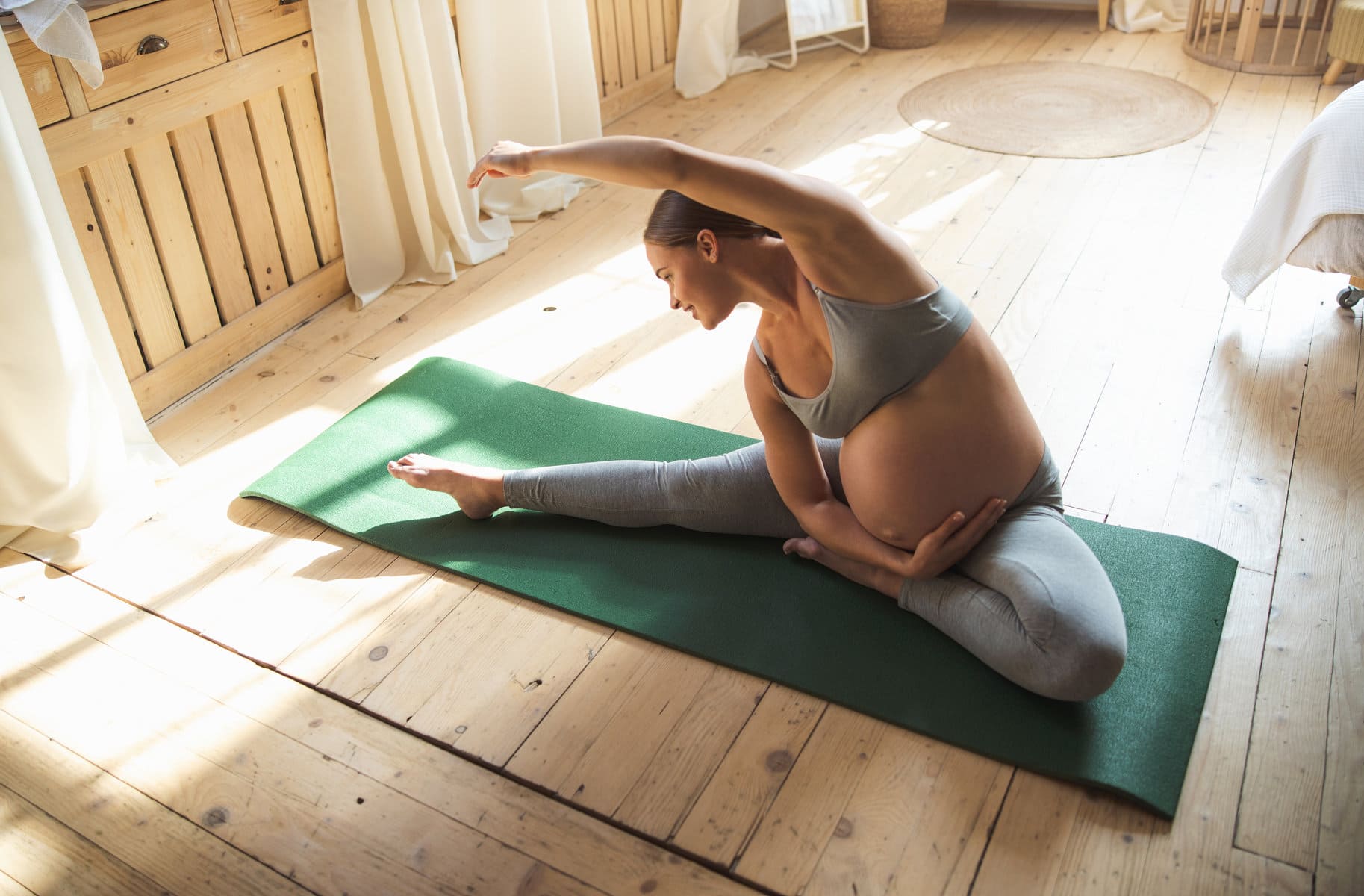
How Does Restorative Yoga Work?
If you’re watching someone do restorative yoga, you may think they’re doing nothing. Or just taking a nap.
But, you’d be wrong.
Look closely and you’ll notice that many poses use props.
Bolsters, blocks and straps can help you quickly relax into a yoga pose. They’re used to help you get maximum relaxation, without using force.
Do it correctly and you’ll feel a deep state of relaxation and bliss wash over you.
When relaxation begins, healing accelerates.
This is because you’re stepping out of the sympathetic nervous system – your fight or flight response.
Most of us live such busy lives that we’re always moving from one thing to the next. We’re constantly reacting to something with a sense of urgency – it must be done NOW.
But this is unhealthy.
It creates inflammation in the body and mind, which leads to disease and fatigue.
Fortunately, restorative yoga poses and deep breathing can calm this vicious cycle.
They fine-tune the nervous system. Tell it it’s safe to relax. Allow the more healing parasympathetic nervous system to take over.
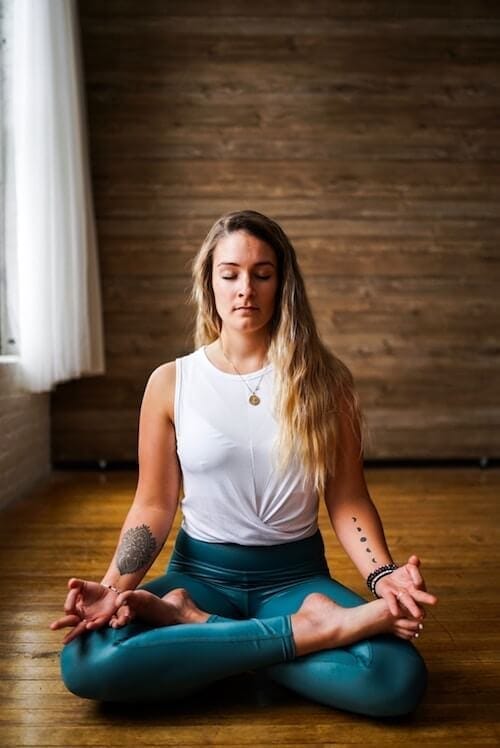
What Are The Benefits Of Restorative Yoga?
The parasympathetic nervous system is your friend. It’s a natural restoration system that manages rest, growth and repair.
When you tap into it using restorative yoga, your body reacts the same as it does when you get deep sleep.
The benefits of connecting with your relaxation response include:
- Deeper sleep
- Better digestion
- Decreased stress
- Lower cortisol levels
- Less inflammation
- Fewer diseases
- Slower heart disease
- Better quality of life
- Quicker healing responses.

Restorative Yoga For Beginners
If you’re new to this type of yoga, you can either join a restorative yoga class or begin with a few easy poses at home.
Note that some restorative yoga postures use props. Yoga instructors often provide these during classes. But, if you don’t have any at home you can usually find an alternative by thinking creatively.
Here are 3 restorative yoga postures you can try today.
Child’s Pose (Balasana)

HOW TO:
- Sit on your heels with your knees wide apart
- Bend your torso forward until your abdomen comfortably rests on the mat, between your thighs and forehead
- Extend your arms out in front of you or rest them beside you
- Stay in this pose for 3-5 minutes, or as long as you feel comfortable
Optional: Place a bolster or thick pillow between your legs before lying down. Then, carefully fold onto it and allow your head and abdomen to rest on it.
Butterfly Pose (Supta Baddha Konasana)
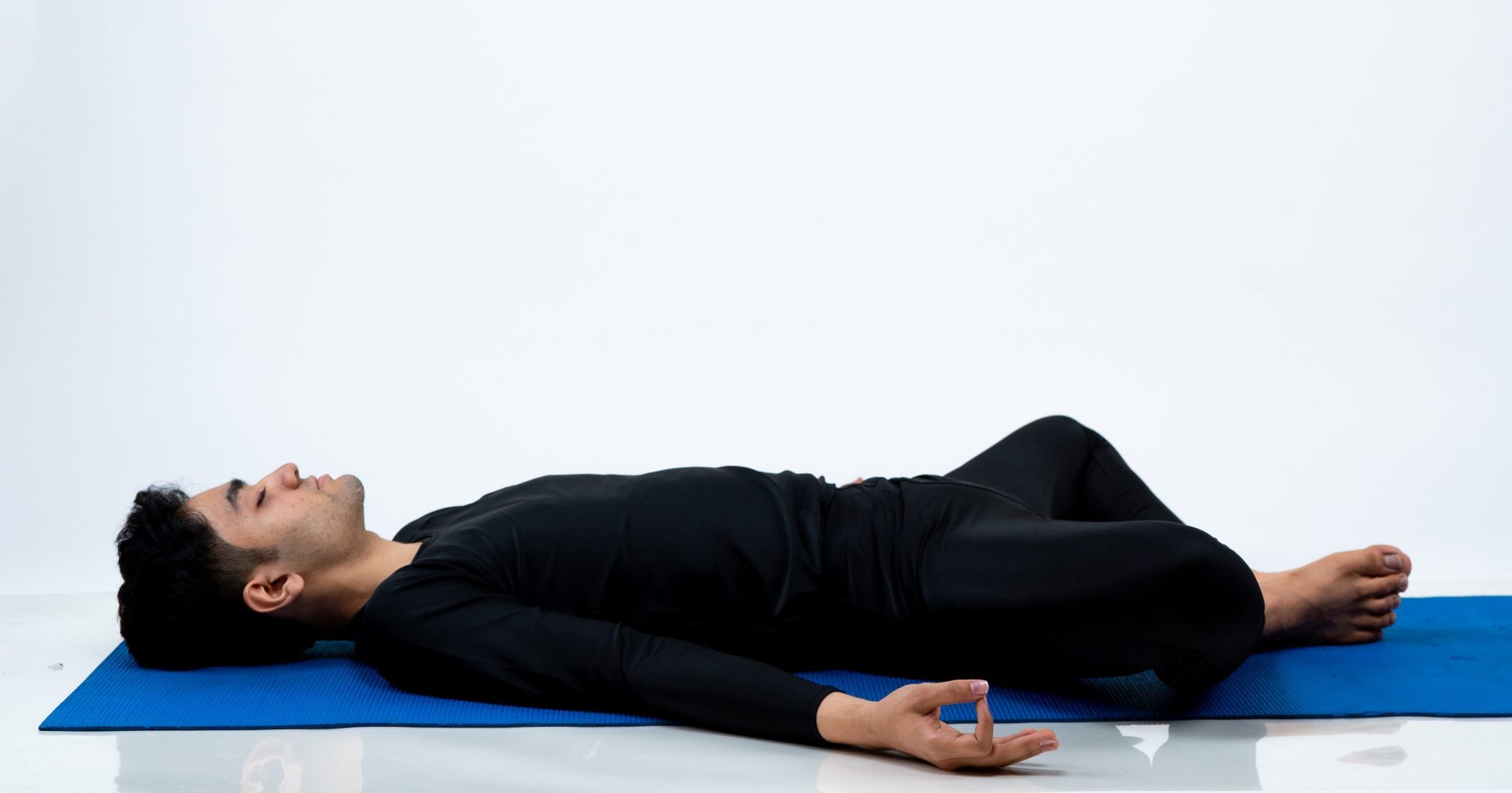
HOW TO:
- Lie down on your back
- Bend your knees and pull your feet as close to your pelvis as you can
- Open your knees out to the side, ensuring the soles of your feet are touching
- Open your arms out to the sides or rest your hands on your abdomen
- Stay in this pose for 3-5 minutes, or as long as you feel comfortable
Optional: Place bolsters or pillows under both of your knees to prevent overstretching the thighs.
Legs Up The Wall (Upavistha Bitilasana Marjaryasana)
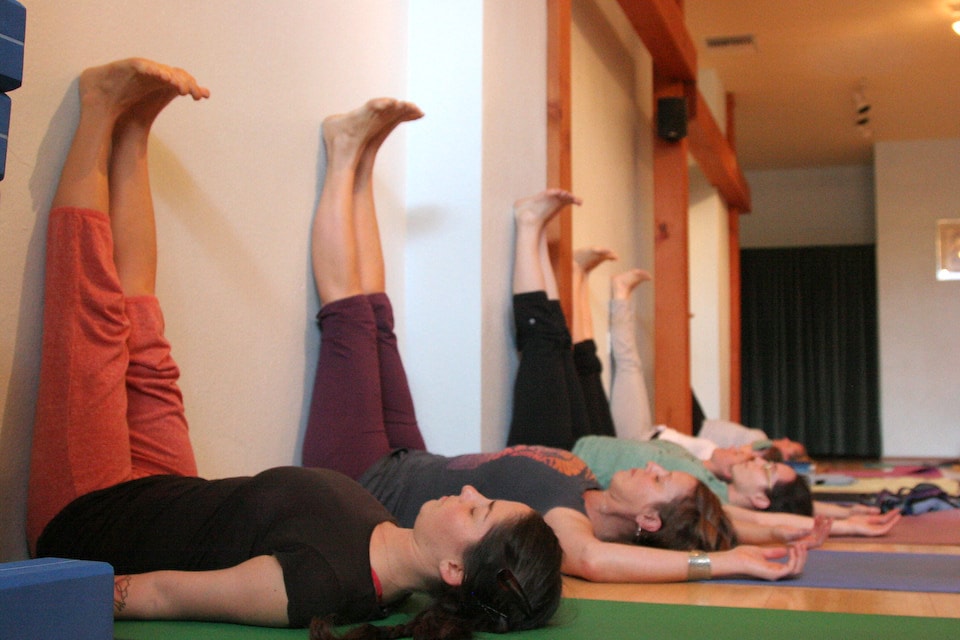
HOW TO:
- Sit as close to the wall as possible
- Then, lie down on your back while lifting your legs up against the wall
- Shift your buttocks slightly away from the wall to a distance that feels comfortable
- Completely relax your body and breathe
- Stay in this pose for 5 minutes, or as long as you feel comfortable.
Keen to experience Restorative Yoga?
Click the link below to get started:



